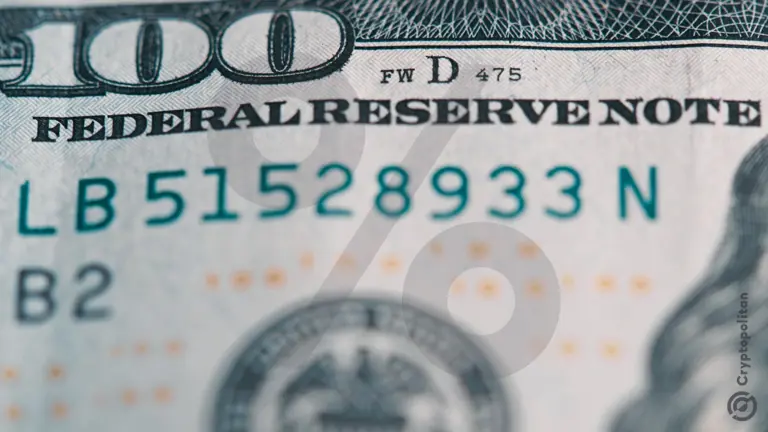- Easily identifiable domestic threats to portfolios include lingering inflation along with possible future interest rate hikes, a reignition of banking issues, and housing prices that have stretched higher in relation to relative incomes than they did during the 2008-09 financial crisis.
- Investors have yet to break even from January 2022 and are still realizing losses of roughly 8% for a 60/40 portfolio. Real losses, which take into account inflation, are much worse, with investors having roughly 15% less purchasing power than they did at the beginning of 2021.
- There is one hidden threat that leads us to believe that a 20% drop or more in the markets by the end of this year is possible—record and growing global debt. This includes not just government debt but private and nonfinancial corporate debt which, if taken together, exceeds 270% of global GDP.
As we head into fall, investors and advisors are at crossroads for assessing markets. On one hand, we should not ignore the momentum of the markets as they may continue moving higher. On the other, markets are being faced with a barrage of threats—both apparent and hidden—that support a doom and gloom perspective.
Easily identifiable domestic threats to portfolios include lingering inflation along with possible future interest rate hikes, a reignition of banking issues, and housing prices that have stretched higher in relation to relative incomes than they did during the 2008-09 financial crisis.
Beyond our shores, the Russia-Ukraine War continues. When Russia invaded in February 2022, a time when the S&P 500 was priced at 22-times trailing earnings and the Federal Reserve was first stepping onto the path of tightening, I predicted a prolonged bear market. That call proved correct, with the S&P falling as much as 25%. Bonds joined in with the first in decades double- digit losses.
Mercifully, stocks have rallied nicely this year, while bonds have sputtered as rates have returned to record highs. But investors have yet to break even from January 2022, and are still realizing losses of roughly 8% for a 60/40 portfolio. Real losses, which take into account inflation, are much worse, with investors having roughly 15% less purchasing power than they did at the beginning of 2021. Duration of declines is an often-overlooked statistic. If markets again turn lower, declines may begin to have an increasing impact on investors taking portfolio distributions.
But there is one hidden threat that leads us to believe that a 20% drop or more in the markets by the end of this year is possible—record and growing global debt. This includes not just government debt but private and nonfinancial corporate debt which, if taken together, exceeds 270% of global GDP.
Strategists tend to underestimate the positive effect that debt has on GDP as it increases. As entities take on additional debt, they are able to consume amounts greater than incomes and revenue would otherwise justify. Conversely—and imperatively—bringing debt levels under control tends to do just the opposite, decreasing consumption below net incomes. This potentially creates foundational risks to both the markets and the economy. As we’ve seen multiple times over the past 25 years, high debt (think the last financial crisis) can inflict powerful damage.
Given the unprecedented global debt levels that we see today, it isn’t possible to find direct historical precedents. But one way to frame potential outcomes is suggested by Michael Pettis, professor of finance at Guanghua School of Management, Peking University. He suggests thinking of high debt as creating an imbalance between supply (GDP) and demand (wealth and unemployment). In the present situation, global wealth is high and low unemployment is excessive relative to the amount of goods that can be produced. Massive global debt has fueled this imbalance.
Restoring equilibrium may involve one, or some combination, of the following three courses.
Financial repression. Financial repression involves some combination of high inflation (which increases GDP), low rates, and high taxes. The cumulative effect of financial repression is primarily borne by savers, as their wealth in real terms is compressed. It’s worth noting that although many bemoan current federal income-tax rates, during the period following World War II, as we were paying off the massive federal debt accumulated during World War II, the top marginal federal tax rate was as high as 94%—and stayed above 90% for nearly 20 years. In some respects, this is currently playing out already, as evidenced by increasing inflation and real portfolio losses.
Financial crises. During the 2008-09 financial crisis created by the housing bubble, demand and supply were balanced with a sudden burst. Stocks declined by over 50%, housing prices declined by nearly 20% nationwide, and employment surged to 10%. Over a very short period, wealth relative to GDP came back into balance and holders of equities and real estate realized significant losses.
Extended financial malaise. Just because markets recently fell rapidly and recovered, that doesn’t mean they will in the future. Extreme debt that is associated with bubbles can play out over years or even decades. A standard reference for extended economic malaise is Japan, where stocks are still below the highs that they reached in 1989, representing losses over 34 years. Real estate in that country has also undergone a three-decade decline, and GDP has been on average 6% lower a year in Japan than it was prior to 1989.
Some economists believe that governments can increase debt indefinitely with impunity. However, this logic-defying perspective should be viewed with suspicion. Servicing government debt will continue to absorb an ever-larger portion or tax revenue, and high debt levels limit the ability of governments to react to economic downturns, especially as rates increase interest debt servicing costs.
If debt levels continue to increase, as is their current trajectory, logic says that at some point, Treasury investors will reach an inflection point where they will no longer fund government debt without commensurate increases in yields. We got a glimpse of this market reaction last year in the U.K. as government bonds briefly plummeted in reaction to the plan to reduce taxes and increase spending.
Although the impact of record global debt is unknown, it likely will have a significant effect on wealth and incomes in the U.S. Already, Treasury auctions have been laced with anxiety, pushing yields to new highs for the year. If auctions struggle, it would suggest a potential sea change away from the perspective that the U.S. can issue unlimited debt with impunity.
A yield breakout could have immediate negative repercussions and end the positive stock momentum we’ve seen most of this year. If negative momentum sinks in, it could quickly cause a return to an extension of last year’s losses and potentially reinvigorate the bear.
Story by Phillip Toews - Redacted bullet points by Jody Davis https://www.barrons.com/advisor/articles/opinion-record-global-debt-markets-2efb10a8




